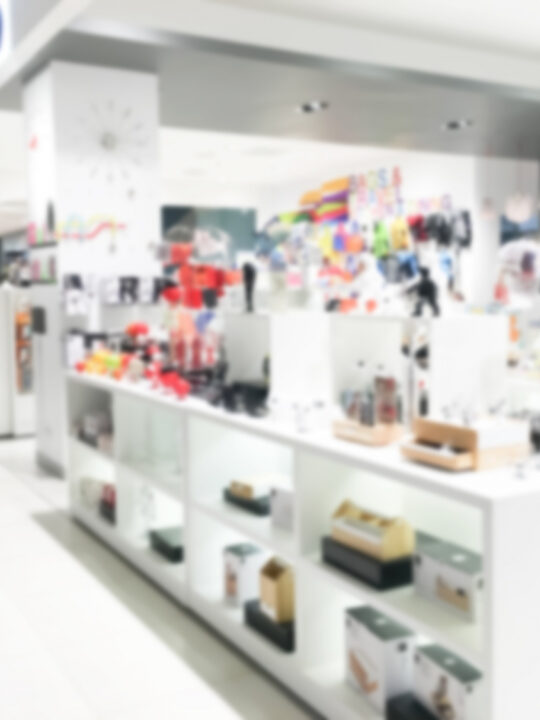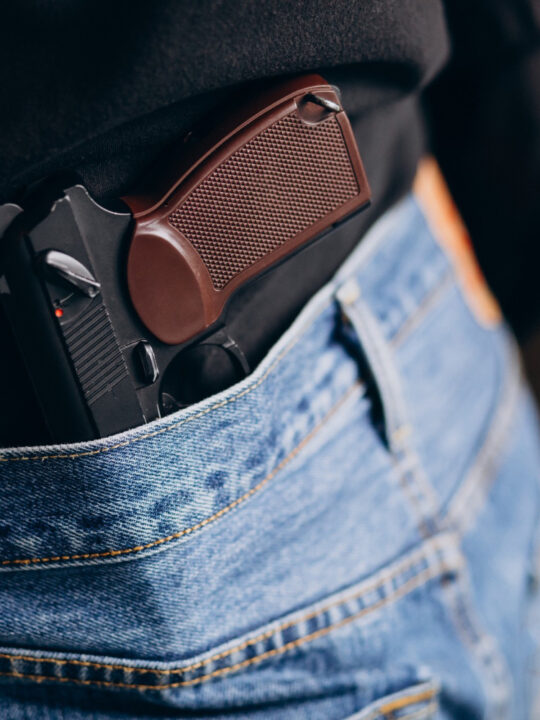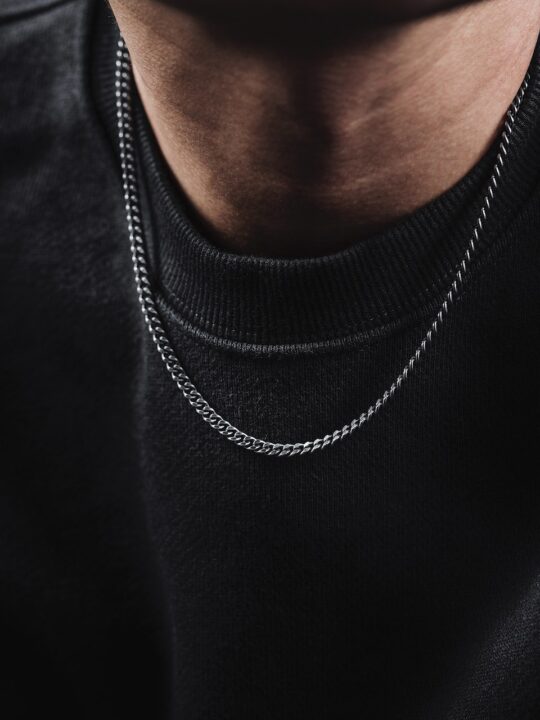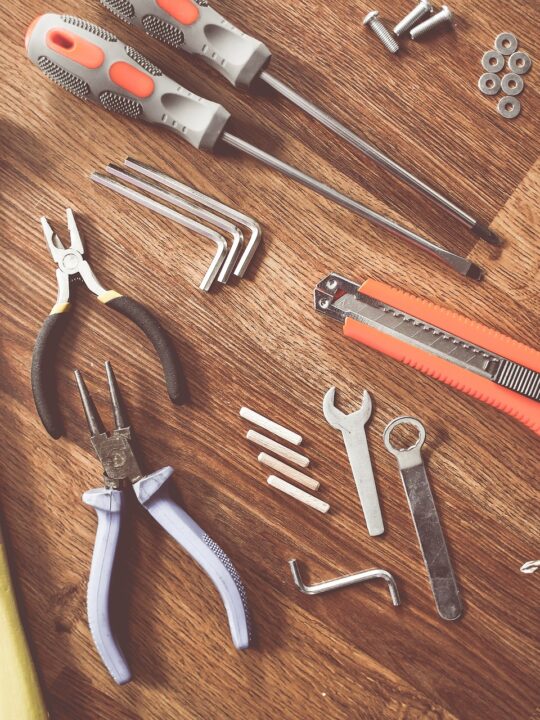 Brass and bronze are often mixed up with each other, though there are marked differences between the two. Being able to recognise those differences will help you be more aware of what you are buying, particularly in the art world, as bronze is considerably more valuable.
Brass and bronze are often mixed up with each other, though there are marked differences between the two. Being able to recognise those differences will help you be more aware of what you are buying, particularly in the art world, as bronze is considerably more valuable.
What are the copper components of bronze and brass
From initial observations, there is a slight colour difference – brass is a mixture of 60% to 80% copper and 20% to 40% zinc, and tends to be more yellow, whereas bronze (80% to 90% copper and 10% to 20% tin) has a reddish brown finish. Because both are copper alloys they can develop a patina – a greenish brown surface coating – through oxidisation, sometimes telling them apart can be tricky.
Bronze is a hard and sturdy metal, and slightly harder than brass. This makes it potentially prone to fracture, but is resistant to wear and tear. Being more malleable, brass is more resistant to corrosion and cracking.
What are the main uses for bronze
Bronze tends to be used extensively in art and sculptures. When casting, there is a fluidity to bronze which can pick up the finest details and produce a much more refined piece of work. Bronze has been used in art for literally thousands of years. The oldest bronze sculpture is believed to be a piece dating back to 2500BC – Dancing Girl From Mohenjodaro.
When investing in art it is important to understand how to differentiate between bronze and brass to ensure that you are investing in the real thing, particularly as there may be brass pieces masquerading as bronze.
In construction, bronze has replaced steel in a number of modern safety tools such as hammers, mallets and wrenches. This was done for health and safety reasons – during use steel can shower up sparks which are a fire risk. Replacing the steel with bronze eliminates this spark risk.
High electrical conductivity, thermal resistance and low friction properties makes the specification of bronze in a number of machine parts engineering projects ideal. This can include spur gears, bushings, bearings, valve components, even valve guides in aircraft engines. It is also used in moveable bridge components, wheels in worm drives and bridge turntables.
What are the main uses for brass
 Brass tends to be used in industrial applications, often as a supporting act to the main player. For example, a brass angle trim will be the supporting act to a bronze door. One of the reasons for this is because brass is a pliable sheet material that can be shaped, whereas bronze is a casting metal.
Brass tends to be used in industrial applications, often as a supporting act to the main player. For example, a brass angle trim will be the supporting act to a bronze door. One of the reasons for this is because brass is a pliable sheet material that can be shaped, whereas bronze is a casting metal.
Another area in which brass is particularly well known is the use of musical instruments. Because it is a malleable metal it has superb acoustic properties which give a much clearer, more responsive sound.
In construction, red brass is a common choice of metal for decorative finishes. Red brass is made up of 95% copper and 5% zinc, and can be easily formed into often quite complex shapes. As a result it is often utilised for more specialised ornamental trims, architectural fascias, grillwork and door handles.
As a highly conductive metal brass is often used in electrical applications, including: heat exchangers, radiator cores, rubes and tanks, electrical terminals, plugs and lamp fittings and electrical sockets and switches.
Continuing the construction theme, brass can also be found in various plumbing applications such as pipe fittings (eg elbows, plugs and couplings), taps, faucets and other fixtures, valve bodies.
There is no clear answer to which metal is the more superior. Bronze tends to be more valuable due to tin being much more expensive, and zinc being cheaper.







